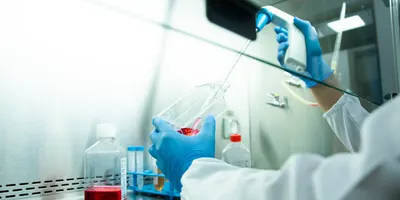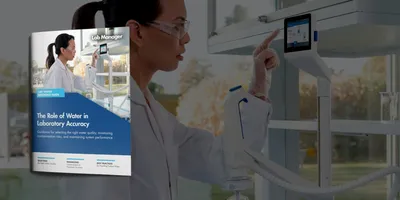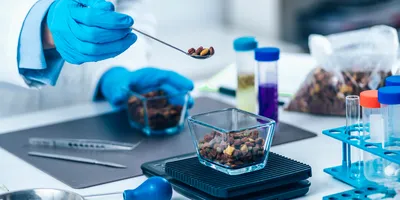A collaborative team across four universities have discovered a very simple rule to design single-atom alloy catalysts for chemical reactions. The “ten electron rule” helps scientists identify promising catalysts for their experiments very rapidly. Instead of extensive trial and error experiments of computationally demanding computer simulations, catalysts’ composition can be proposed simply by looking at the periodic table.
Single-atom alloys are a class of catalysts made of two metals: a few atoms of reactive metal, called the dopant, are diluted in an inert metal (copper, silver, or gold). This recent technology is extremely efficient at speeding up chemical reactions but traditional models don’t explain how they work.
The team, that worked across the University of Cambridge, University College London, the University of Oxford, and the Humboldt-University of Berlin, published their research in Nature Chemistry. The scientists made computer simulations to unravel the underlying laws that control how single-atom alloy catalysts work.
The rule showed a simple connection: chemicals bind the most strongly to single-atom alloy catalysts when the dopant is surrounded by ten electrons. This means that scientists designing experiments can now simply use the columns on the periodic table to find which catalysts will have the desired properties for their reactions.
Dr. Romain Réocreux, a postdoctoral researcher in professor Angelos Michaelides’ group who led this research, says: “When you have a difficult chemical reaction you need a catalyst with optimal properties. On the one hand, a strong-binding catalyst may poison and stop accelerating your reaction, on the other hand a weakly-binding catalyst may just do nothing.”
“Now we can identify the optimal catalyst just by looking at a column on the periodic table. This is very powerful since the rule is simple and can speed up the discovery of new catalysts for particularly difficult chemical reactions”
Professor Stamatakis, professor of computational inorganic chemistry at the University of Oxford who contributed to the research, says: "After a decade of intense research on single-atom alloys, we now have an elegant, simple but powerful theoretical framework that explains binding energy trends and enables us to make predictions about catalytic activity."
Using this rule, the team proposed a promising catalyst for an electrochemical version of the Haber-Bosch process, a key reaction for the synthesis of fertilizers that has been using the same catalyst since it was first discovered in 1909.
Dr. Julia Schumann, who started the project at the University of Cambridge and is now at Humboldt-Universität of Berlin, explains: “Many catalysts used in the chemical industry today were discovered in the laboratory using trial and error methods. With a better understanding of the materials’ properties, we can propose new catalysts with improved energy efficiency and reduced CO2 emissions for industrial processes.”
- This press release was provided by the University of Cambridge











